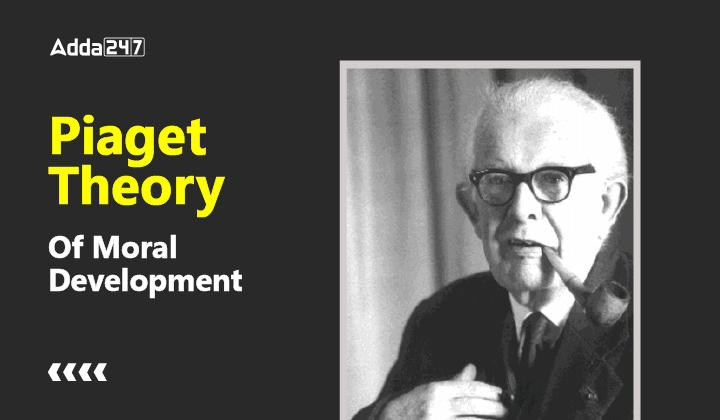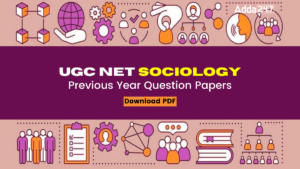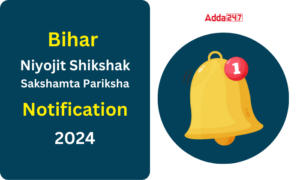Table of Contents
Jean Piaget’s theory of moral development is a significant framework within child pedagogy, highlighting how children’s understanding of morality evolves. He identified two main stages: heteronomous morality, where young children view rules as unchangeable and focus on consequences over intentions; and autonomous morality, where older children recognize rules as socially agreed-upon and prioritize intentions, fairness, and reciprocity. Educators can utilize Piaget’s theory to tailor their teaching approaches, emphasizing clear rules and explanations for younger children and fostering discussions around ethical considerations, intentions, and fairness as children mature.
Piaget Theory of Moral Development
The term “moral” is derived from the Latin word “mores” which means manners, customs and folkways. Moral development refers to the development or moral behaviour and moral concepts. Moral behaviour is a socially desired behaviour. Moral concepts start developing when the child learns what is good and what is bad, what is right and what is wrong. Piaget (1932) used the interview method – to find out the various stages of moral development of the child. According to him, there are four stages of moral development: which are as follows:
- Anomy (Birth to years)
- Heteronomy – authority (5 – 8 years)
- Heteronomy Reciprocity (8 – 13 years)
- Autonomy Adolescence (13 – 18years)
- Anomy (Birth to 5 years) Piaget called the first stage anomy, the stage without the law. At this stage the behavior of child is neither moral nor immoral but is non – moral or moral. So, the child’s behaviour is not guided by moral standards. The regulators of behaviour arc pain and pleasure.
- Heteronomy – Authority (5 to 8 years) (Morality of Constraint) This stage of moral development may be called the discipline of artificial consequences imposed by adults. Moral development controlled by external authority. Rewards and punishment regulate moral development.
- Children in this stage view rules and authority as fixed and unchangeable. They believe that rules are determined by adults or authorities and cannot be altered.
- They also believe that consequences are more important than intentions. If a rule is broken, they focus on the outcome rather than the intention behind the action.
- They have a sense of moral realism, where they believe that rules are absolute and universally applicable.
- Heteronomy – Reciprocity (8 to 13 years) At this stage, there is the morality of cooperation with peers or equals. This stage is regulated by reciprocity which implies that conformity with the group becomes necessary at this stage.
- Autonomy – Adolescence (13 to 18 years) Piaget calls the stage as equity stage. Children of this stage demand equality in moral action. The individual at this stage is fully responsible for his behaviour.
- In this stage, children begin to develop a more mature understanding of morality.
- They recognize that rules can be created and changed through agreement among people. Rules are seen as social agreements rather than rigid authorities.
- Children become more concerned with intentions behind actions rather than just the consequences. They start to consider motives and circumstances when evaluating the morality of an action.
- They develop a sense of moral relativism, understanding that rules can vary across cultures and situations.
- Fairness and reciprocity become important concepts. They start to apply principles of equality and mutual benefit in their judgments of right and wrong.
Difference between Piaget Moral Development theory and Kohlberg Moral Development Theory
Jean Piaget’s theory of moral development and Lawrence Kohlberg’s moral development theory are both influential models that explain how individuals develop morally over time. However, they approach the topic from different perspectives and offer distinct stages of moral development. Here are the key differences between the two theories:
| Difference | Piaget Moral Development theory | Kohlberg Moral Development Theory |
| Theorists and Focus | Jean Piaget was a cognitive psychologist who integrated moral development within his broader theory of cognitive development. He emphasized how children’s thinking patterns evolve. | Lawrence Kohlberg, influenced by Piaget, specifically concentrated on moral development itself, exploring how individuals progress through stages of moral reasoning. |
| Nature of Development | Piaget’s stages of moral development are intertwined with cognitive development stages. He believed that children’s moral thinking evolves as they construct their understanding of the world. | Kohlberg’s theory centers on the progression of moral reasoning across distinct stages, independent of cognitive development. He was interested in how individuals reason about ethical dilemmas and make moral judgments |
| Number of Stage | 4 | 6 |
| Focus on Intentions vs. Consequences | Piaget’s theory does acknowledge the shift from a focus on consequences to an increasing consideration of intentions as children develop morally. | Kohlberg’s theory extensively explores the role of intentions in moral reasoning and judgment, particularly in the later stages where ethical principles are considered. |
| Cultural and Contextual Considerations | Piaget’s stages are somewhat universal but may not account for cultural variations in moral development. | Kohlberg’s theory aims for cross-cultural applicability, attempting to identify universal stages of moral reasoning that might be manifested differently in various cultures. |
| Emphasis on Moral Dilemmas | Piaget’s theory doesn’t heavily emphasize moral dilemmas but focuses more on rule-based thinking. | Kohlberg’s theory is based on participants’ responses to moral dilemmas, particularly their reasoning behind those responses. |
Piaget’s theory primarily focused on cognitive development and understanding how children think, so while his stages of moral development provide insights, more recent theories, like Lawrence Kohlberg’s stages of moral reasoning, delve deeper into moral decision-making processes.


 Chandigarh JBT Admit Card 2024 Out, Dire...
Chandigarh JBT Admit Card 2024 Out, Dire...
 UGC NET Sociology Previous Year Question...
UGC NET Sociology Previous Year Question...
 Bihar Sakshamta Pariksha 2024 Phase 2 No...
Bihar Sakshamta Pariksha 2024 Phase 2 No...








